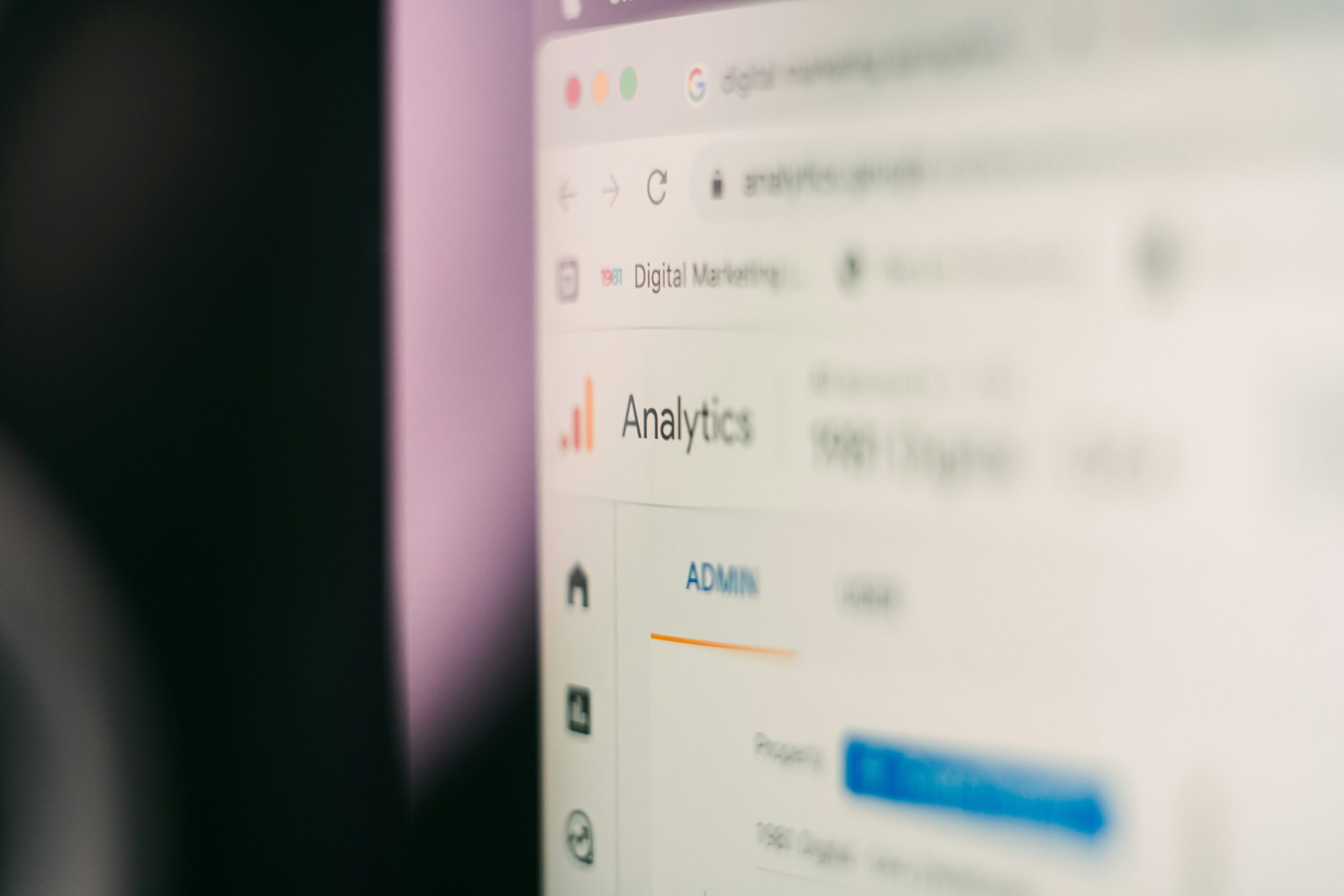Introduction
In recent years, the integration of artificial intelligence (AI) into various sectors has gained immense traction, particularly within the realm of cybersecurity. As digital threats continue to evolve in complexity and frequency, organizations are increasingly seeking advanced solutions to safeguard their assets and data. This landscape is characterized by persistent challenges, including sophisticated hacking techniques, ransomware attacks, and the constant need for protection against data breaches. In light of this, the role of AI in enhancing cybersecurity measures is becoming a focal point for both practitioners and researchers alike.
The convergence of AI and cybersecurity presents a compelling opportunity to bolster defenses against a myriad of potential threats. AI technologies, such as machine learning and predictive analytics, can rapidly analyze vast amounts of data to identify patterns and anomalies that may signal a security breach. By leveraging algorithms that continuously learn from new data, organizations can more effectively predict and respond to emerging threats, thereby enhancing their overall security posture. However, while AI offers the potential to revolutionize the way we approach cybersecurity, it is crucial to also recognize the risks involved in its deployment.
For instance, the reliance on AI systems introduces the risk of adversarial attacks, where malicious actors adopt tactics to deceive or manipulate AI solutions, ultimately compromising security. Moreover, there is a growing concern regarding the ethical implications and potential biases inherent in AI algorithms, which can lead to unintended consequences. As we delve deeper into the multifaceted relationship between AI and cybersecurity, readers will gain insights into both the innovative solutions AI offers and the risks that must be thoughtfully managed. Understanding this duality is essential for organizations looking to navigate the complexities of today’s cyber landscape effectively.
The Opportunities Presented by AI in Cybersecurity
The advent of artificial intelligence (AI) in cybersecurity marks a significant advancement in the ability to protect sensitive data and computing infrastructures. One of the primary opportunities AI offers is the automation of threat detection and response. Traditional security systems often rely on human intervention to identify and mitigate threats, which can lead to slower response times and increased vulnerability. AI-driven systems, on the other hand, can analyze vast amounts of data in real-time to detect anomalies and potential security threats much faster than human counterparts.
Moreover, AI significantly reduces the manual workload for cybersecurity professionals. Tasks such as log analysis, alert prioritization, and incident response can be automated through machine learning algorithms, allowing security teams to focus on higher-level strategic planning and incident management. This efficiency not only improves the productivity of cybersecurity personnel but also enhances overall security posture by ensuring that threats are not merely identified but also responded to promptly.
Accuracy is another critical area where AI shines in cybersecurity. AI systems are designed to learn from historical data, enabling them to identify potential vulnerabilities with a higher degree of precision. According to research, companies implementing AI technologies for cybersecurity have reported detection rates improve by up to 50%, showcasing the efficacy of these tools. For example, organizations like Darktrace and CrowdStrike utilize machine learning algorithms to fortify their security measures, demonstrating remarkable improvements in threat detection capabilities.
Furthermore, various AI tools and technologies such as behavioral analytics, anomaly detection, and predictive analysis are currently utilized in the industry, illustrating their transformative potential. These tools can not only safeguard assets but also predict potential breaches based on proactive data analysis. By harnessing these advanced technologies, organizations can significantly enhance their security frameworks, making it possible to navigate complex cyber threats more effectively.
The Risks Associated with AI in Cybersecurity
The integration of artificial intelligence (AI) into cybersecurity is generating significant interest due to its potential to enhance threat detection and response. However, it is crucial to acknowledge the risks and challenges that accompany this technological advancement. One of the primary concerns is the potential for AI systems to be compromised or manipulated by cybercriminals. Malicious actors may exploit vulnerabilities in AI algorithms, leading to false positives or negatives in threat identification, thereby undermining the very purpose of these systems.
Ethical considerations also arise when AI is deployed in decision-making processes within cybersecurity. The opacity of machine learning models can lead to situations where the reasoning behind a decision is not easily interpretable, raising questions about fairness and bias. For instance, if an AI system disproportionately flags certain types of behavior as malicious, it may inadvertently harm legitimate users or organizations, resulting in reputational damage and loss of trust.
Ensuring accountability for the actions taken by AI systems is another challenge. When a decision leads to a security breach or failure, delineating responsibility can be complex. This convoluted accountability may hinder organizations from effectively addressing incidents, leading to further vulnerabilities and risks.
Moreover, there is a growing concern about over-reliance on automated systems. Dependency on machine learning models for cybersecurity may lead organizations to neglect traditional security measures and human oversight. This over-reliance can act as a double-edged sword, creating complacency in maintaining security protocols and heightening susceptibility to unforeseen attacks. Expert opinions emphasize the need for a balanced approach, where AI augments human capabilities rather than replacing them entirely.
In summary, while AI presents tremendous opportunities in cybersecurity, the associated risks require careful consideration and management. Organizations must remain vigilant and proactive in addressing these challenges to harness the full potential of AI effectively.
Conclusion: Navigating the Future of AI in Cybersecurity
The integration of artificial intelligence (AI) within the cybersecurity realm presents a transformative opportunity to address the growing complexities of digital threats. Throughout this article, we have explored the dual nature of AI’s impact on cybersecurity by weighing both its formidable advantages and significant concerns. On one hand, the ability of AI to analyze vast quantities of data, detect anomalies, and respond to threats in real time enhances organizational defense mechanisms. This proactive stance towards threat mitigation is invaluable as cyberattacks become increasingly sophisticated.
However, the risks associated with AI in cybersecurity cannot be overlooked. The possibility of algorithmic bias, the creation of sophisticated attack vectors leveraging AI, and ethical considerations surrounding data privacy present real challenges for organizations. It is crucial for decision-makers to navigate these waters with careful consideration, ensuring that AI implementations are both effective and responsible.
As we move forward, it is essential for stakeholders to reflect on the actionable insights shared throughout this article. Implementing AI solutions should follow best practices, including ongoing monitoring, regular assessments of AI systems, and fostering a culture of cybersecurity awareness among employees. Engaging in continuous education about the evolving nature of cyber threats and AI’s role is vital for maintaining robust defenses.
We invite readers to share their thoughts, experiences, or additional questions regarding AI’s role in cybersecurity. Your contributions can foster meaningful discussions that further enrich our understanding of this critical intersection of technology and security. In a rapidly changing digital landscape, staying informed and proactive is necessary for successfully harnessing the potential of AI while mitigating its risks in cybersecurity.









